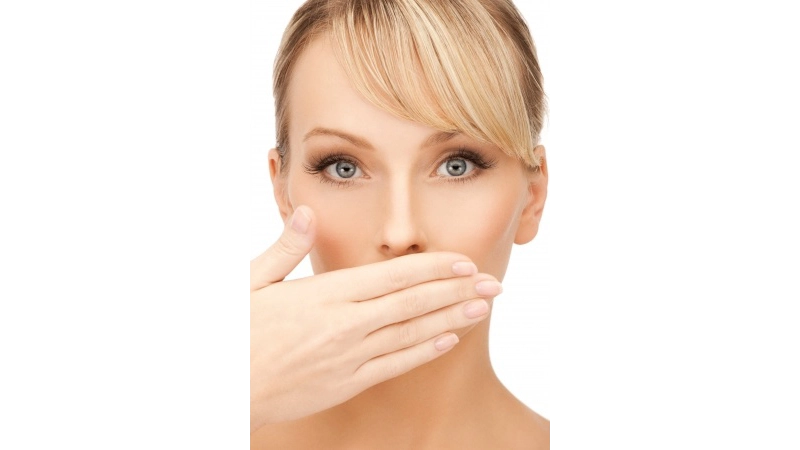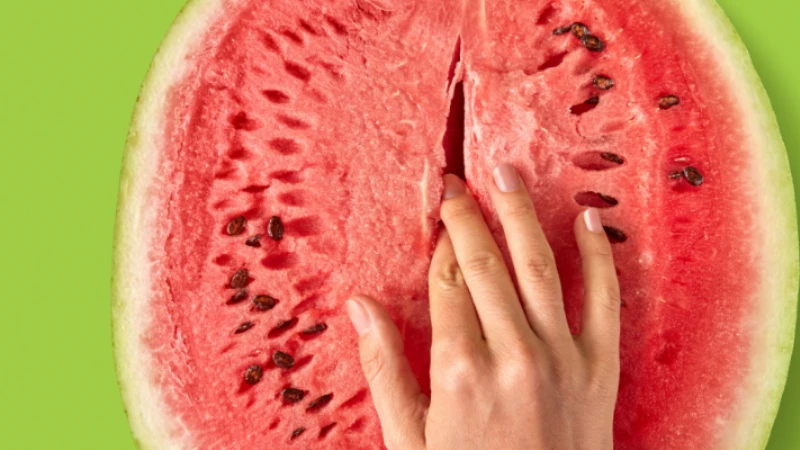What is BV (Bacterial Vaginosis)?
If you’ve never experienced a persistent case of Bacterial Vaginosis (BV), we can bet that you know someone else who has. It is the most common vaginal infection in women of reproductive age, with the percentage of women affected at any given time varying from between 5% and 70%. Even with treatment, BV has a high chance of recurrence. And although vaginal health isn’t a topic that comes up in everyday conversation, it really shouldn’t be an embarrassing subject.
Causes and Symptoms
BV is caused by an imbalance between good and bad bacteria. The acidic environment of the vagina helps to maintain the level of good bacteria, called lactobacillus, and to prevent bad bacteria from growing and overtaking them. Medical experts aren’t sure what triggers the imbalance, however, certain factors may increase the risk of developing it:
- Douching
- New or multiple sexual partners
- Antibiotic use
- Use of an intrauterine device
- A natural lack of lactobacilli bacteria
- Smoking
About half of women who have BV experience no symptoms whatsoever. Others may experience symptoms such as:
- Increased vaginal discharge, usually white or gray in color
- Fishy odor
- Burning with urination
- Itching
Your doctor can diagnose BV by testing a sample of the vaginal discharge for bacterial count and pH level. Since BV symptoms can be mistaken for other infections or conditions, effective treatment hinges on accurate diagnosis.
Treatment and Prevention
Some cases of bacterial vaginosis may go away on their own with no treatment, while others may require antibiotics. But because antibiotics destroy good bacteria along with the bad, vaginal yeast infections are not an uncommon side-effect. The cycle of BV and antibiotics is a frustrating and common complaint by women who experience this problem.
Speak to your health care professional about supplementing the antibiotics with anti-fungals and probiotics (either vaginal or oral) to boost your levels of Lactobaccilus, which can help increase your chances of dealing with recurring BV. Probiotics work by increasing Lactobaccilus count and lowering the pH level of the vaginal environment. More research is needed, but studies completed in 1996 and 2014 suggest that probiotics lower the risk of BV recurrence.
At PhaMix, we stock a range of products that may help to manage Bacterial Vaginosis including:
- Prevegyne Vitamin C Tablets. Works by decreasing the pH of the vaginal environment and enabling good bacteria to flourish.
- Relactagel. Contains lactic acid to restore and maintain the natural pH of your vagina, promoting the growth of lactobacilli.
- Gynalac. Double acting gel with lactic acid and sodium hyaluronate to help restore the vagina’s natural pH and soothe and moisturize irritated tissue.
- Vaginal probiotics, which help to reduce the recurrence of bacterial vaginosis by maintaining a natural state of equilibrium against unfriendly bacteria
- Probaclac Vaginal Probiotic Capsules
- Purfem Probiotic Vaginal Ovules
- Provacare Probiotic Ovules
Talking about women’s wellness shouldn’t be hush-hush. We could all use one less elephant in the room, IMO.
Thanks for reading!




